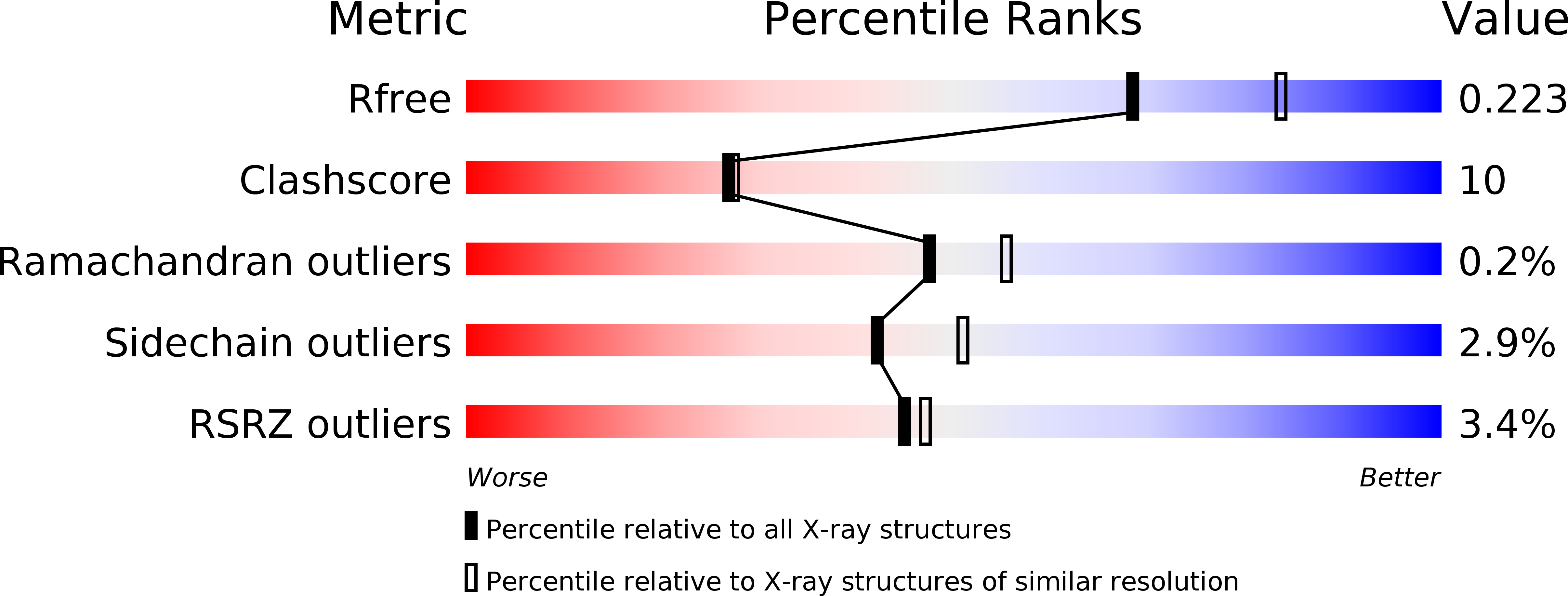
Deposition Date
2002-10-29
Release Date
2003-10-23
Last Version Date
2024-11-13
Method Details:
Experimental Method:
Resolution:
2.25 Å
R-Value Free:
0.23
R-Value Work:
0.19
R-Value Observed:
0.19
Space Group:
P 31 2 1


